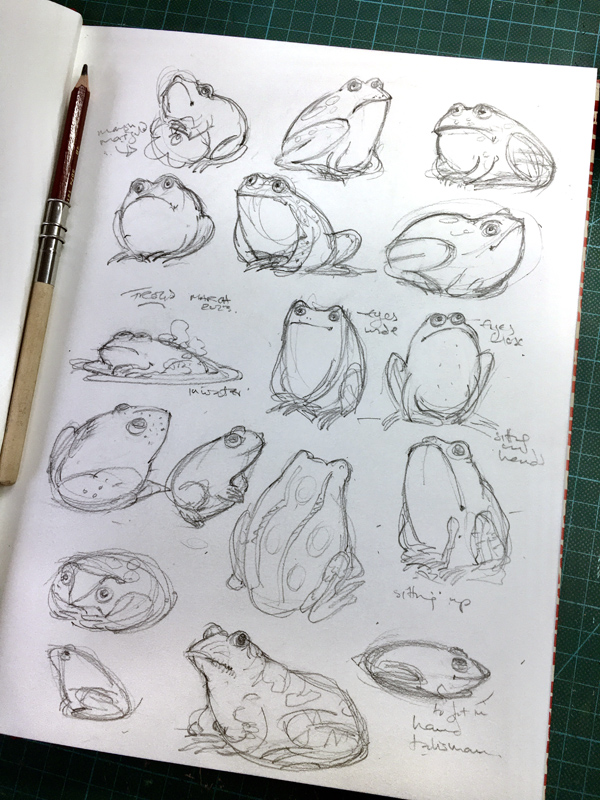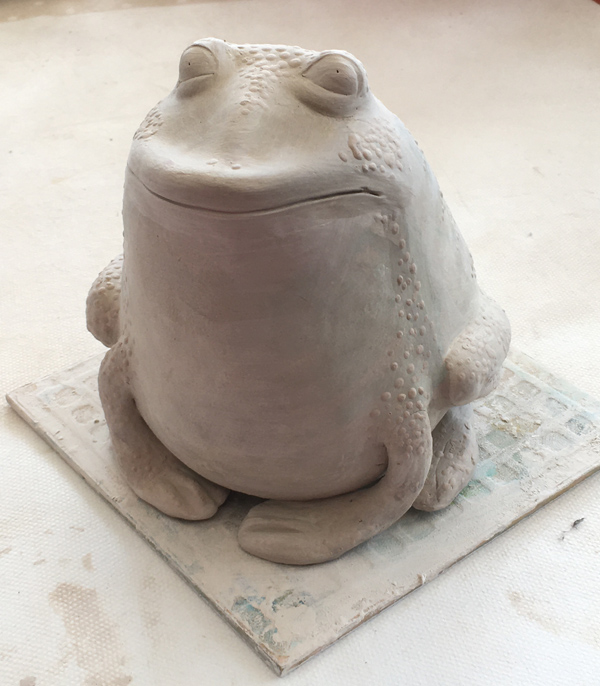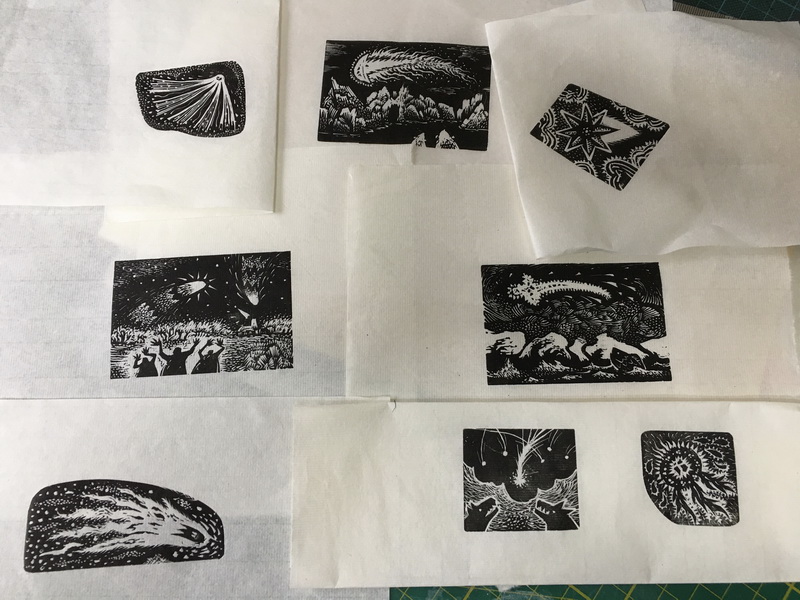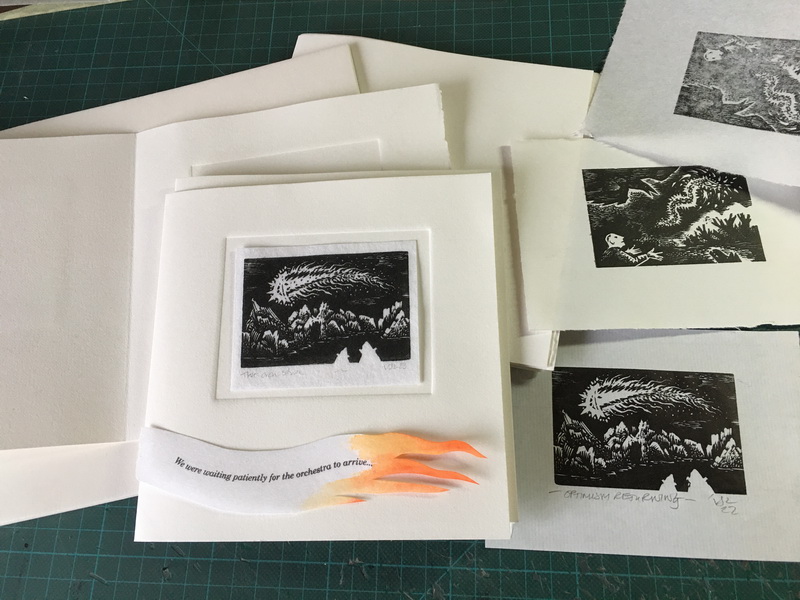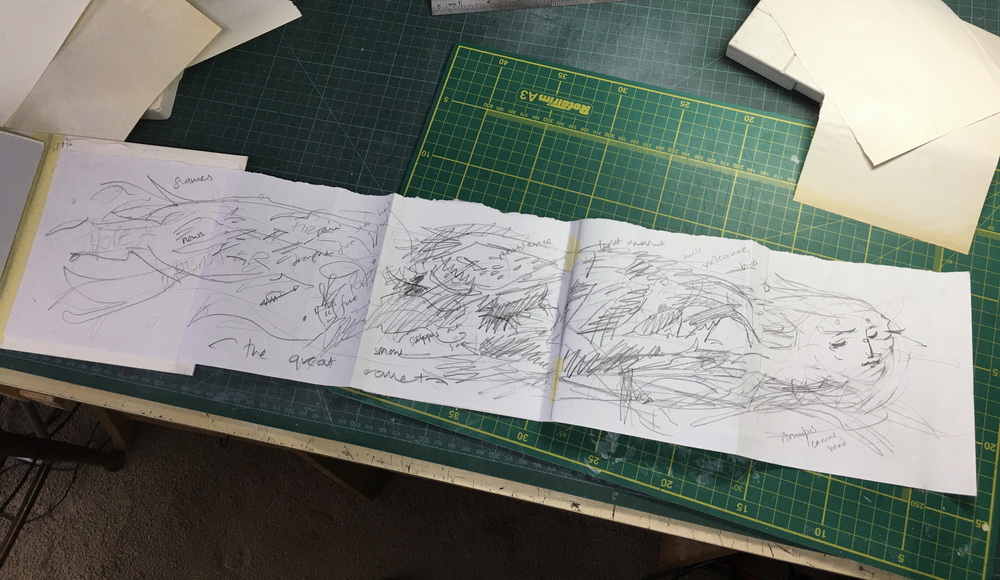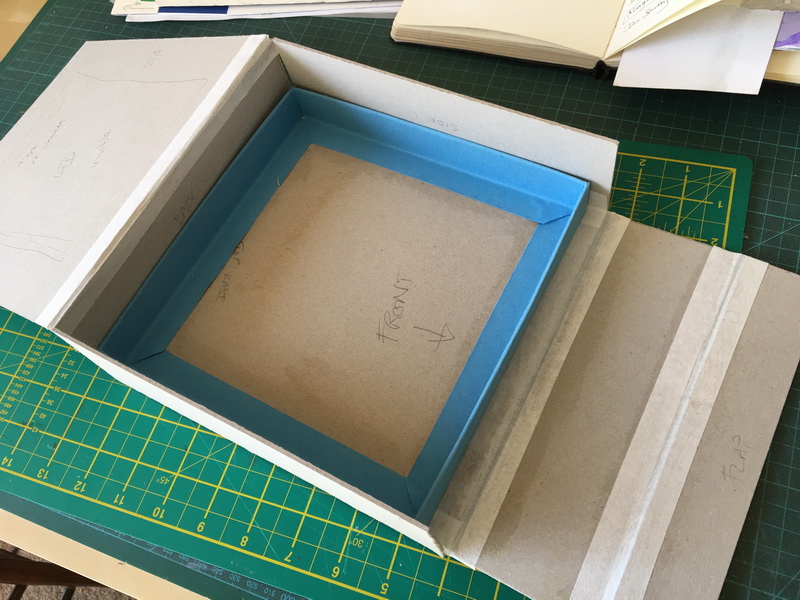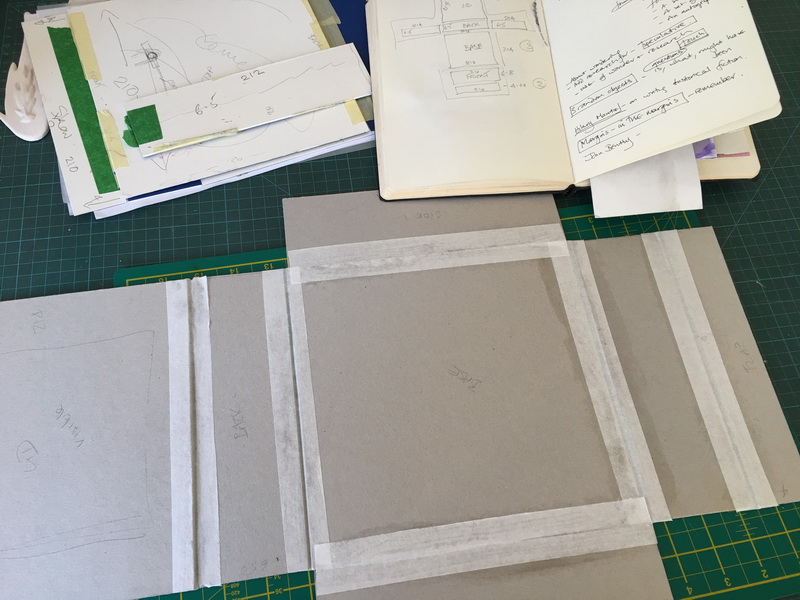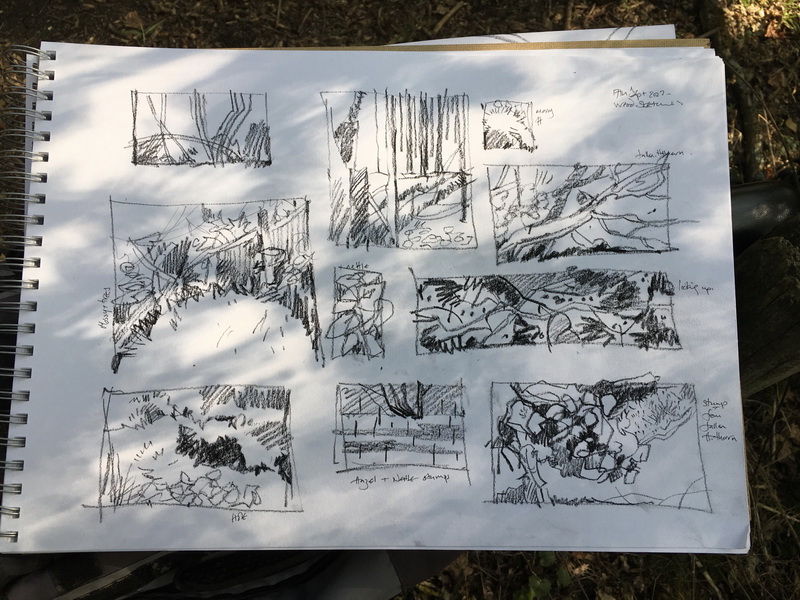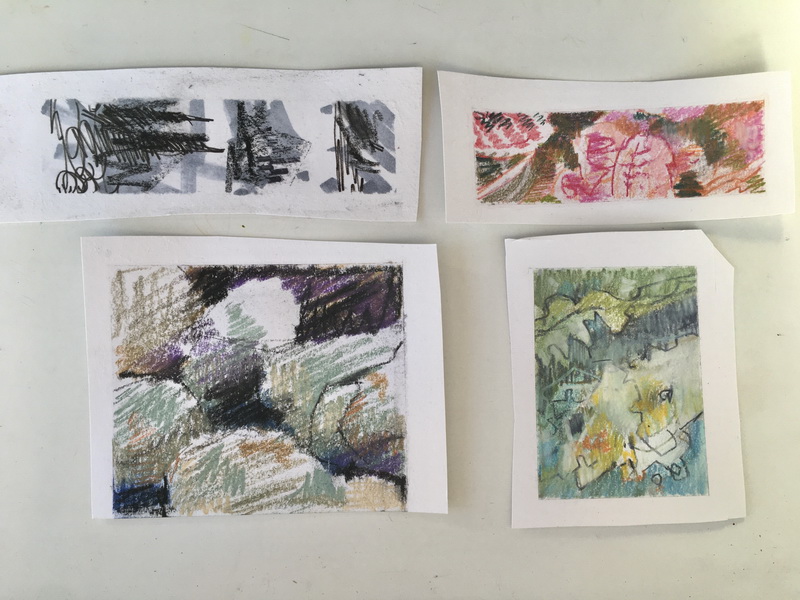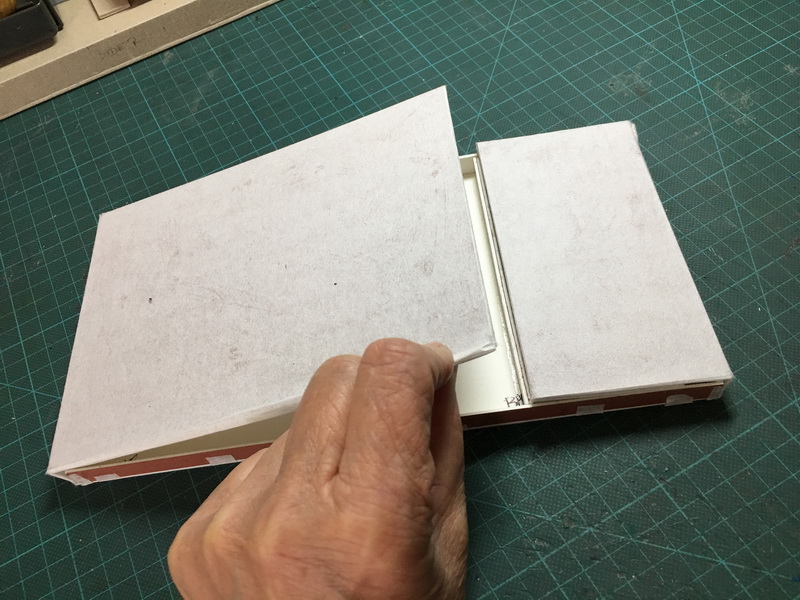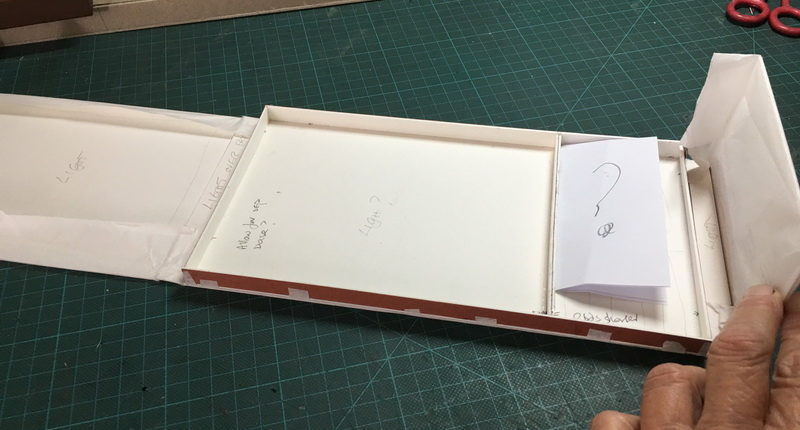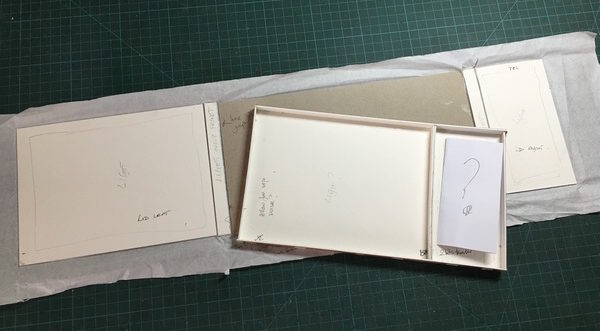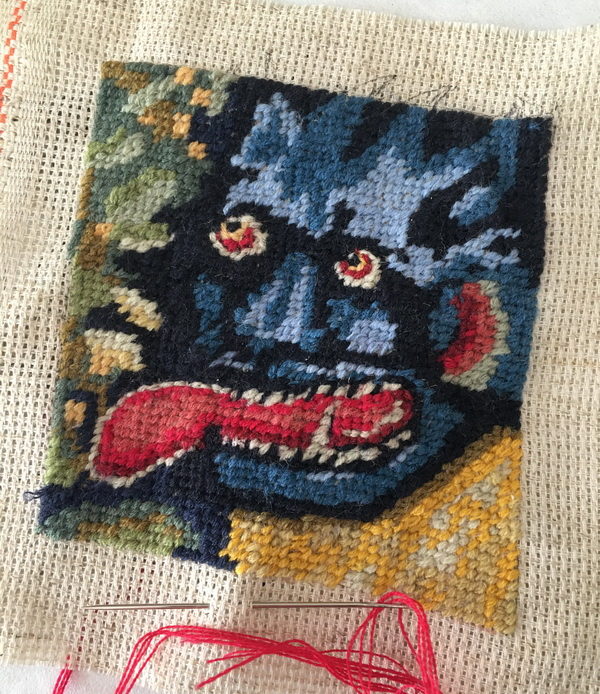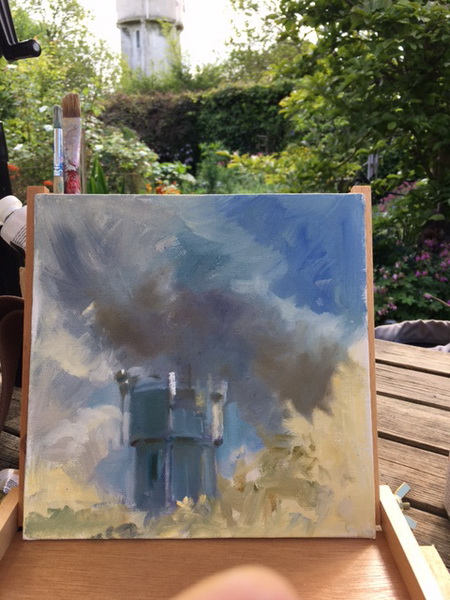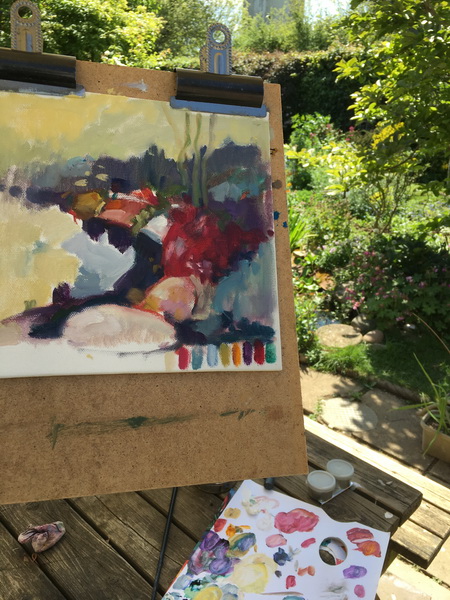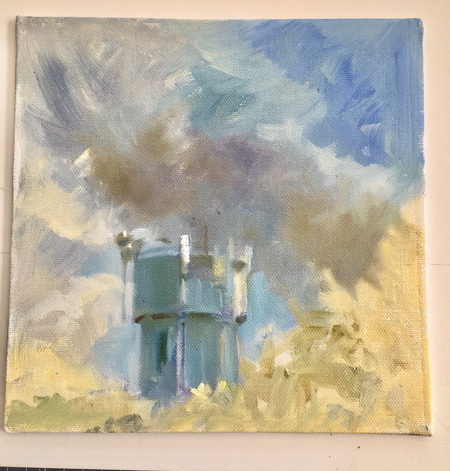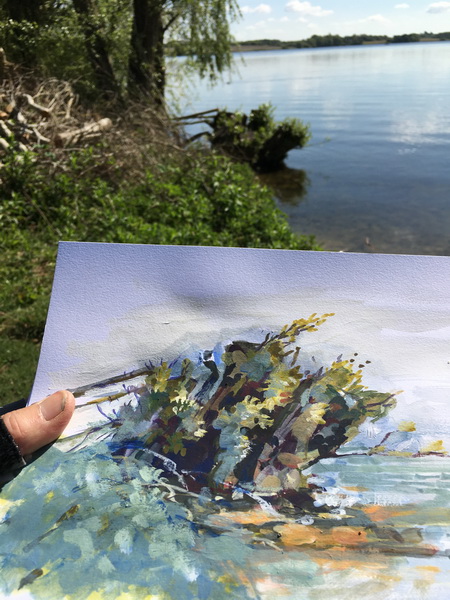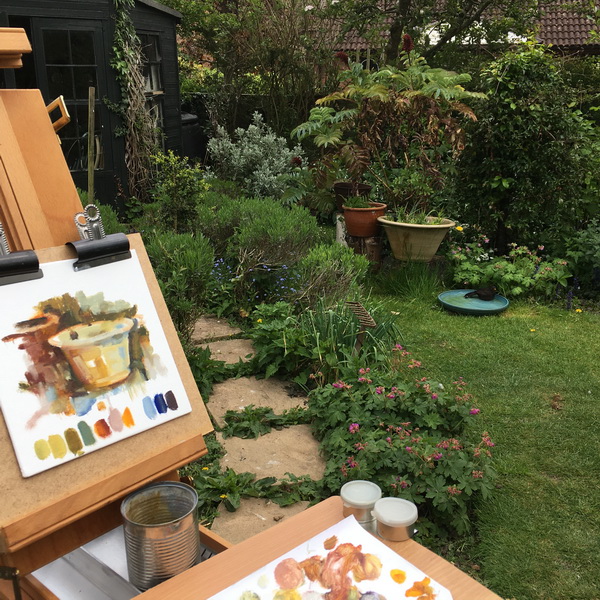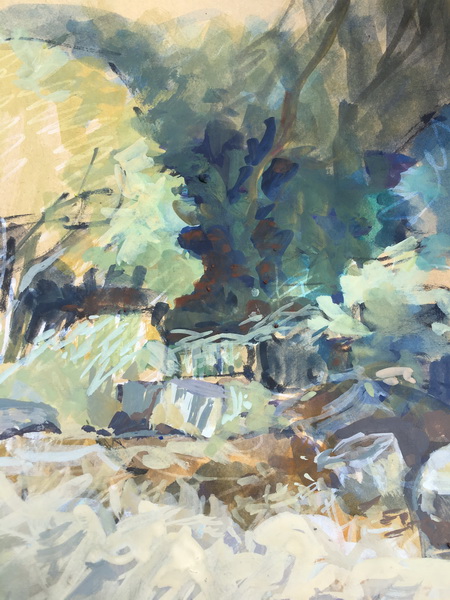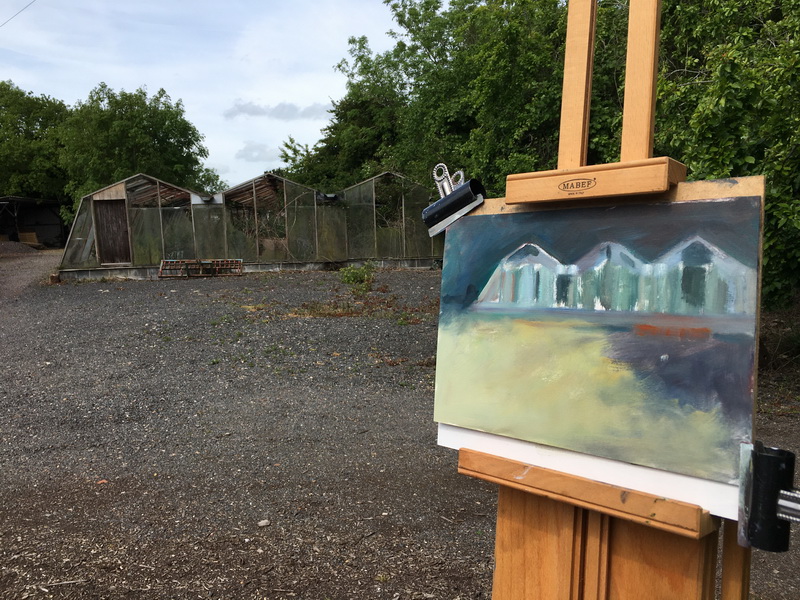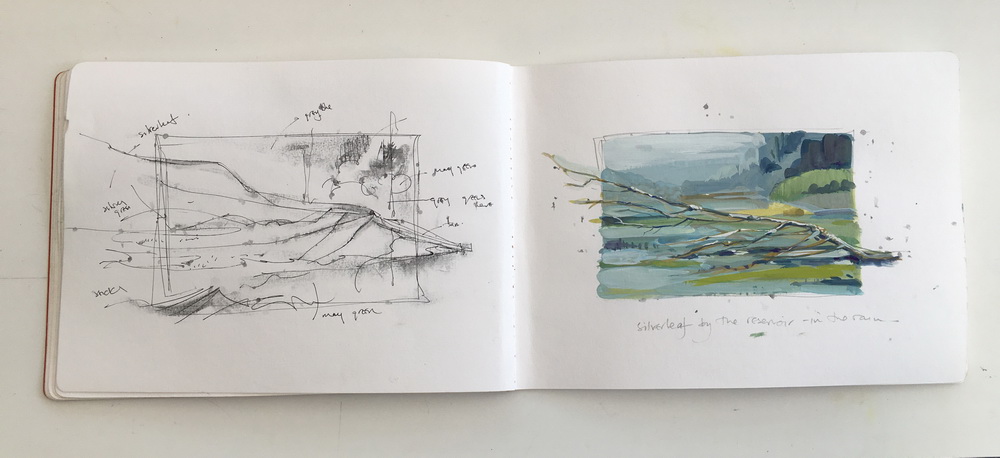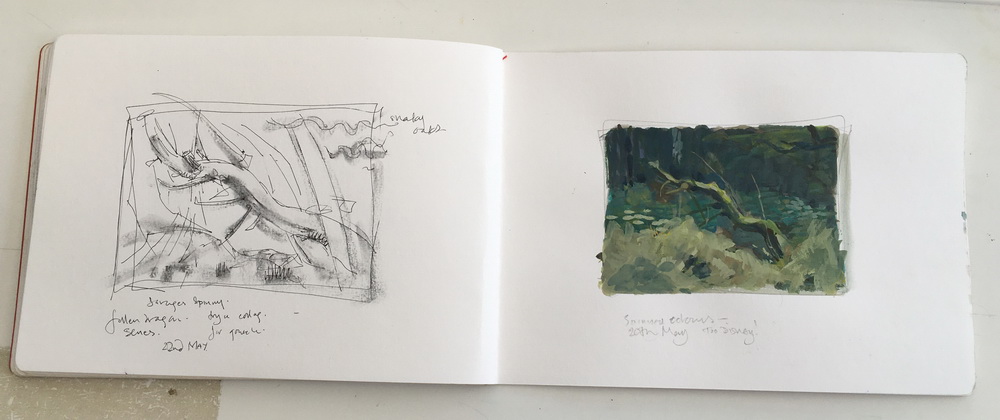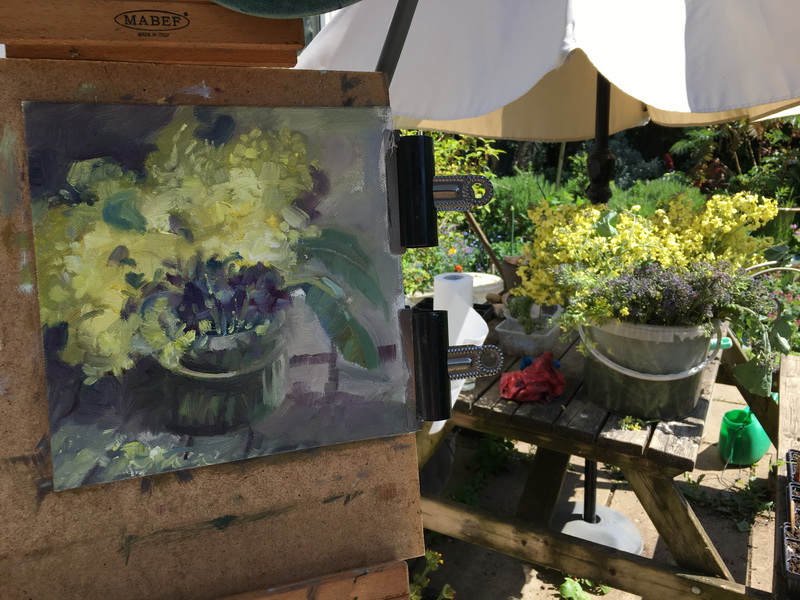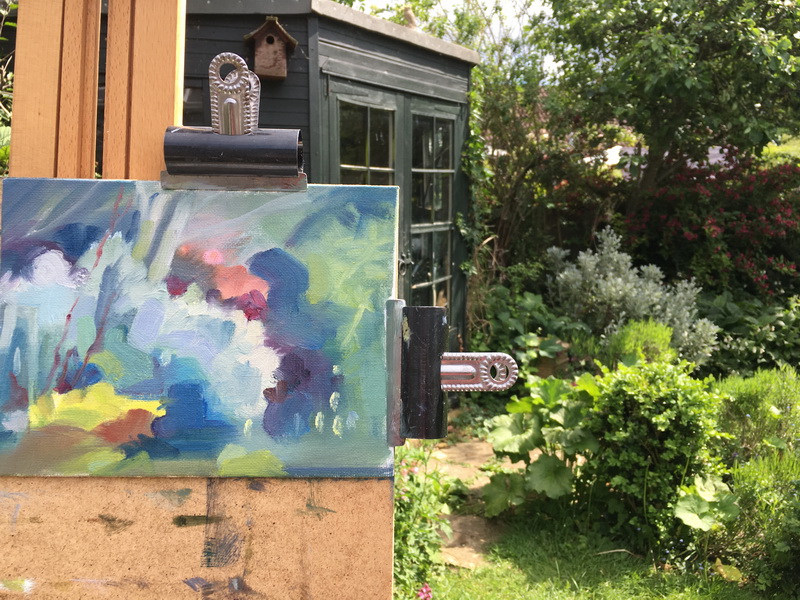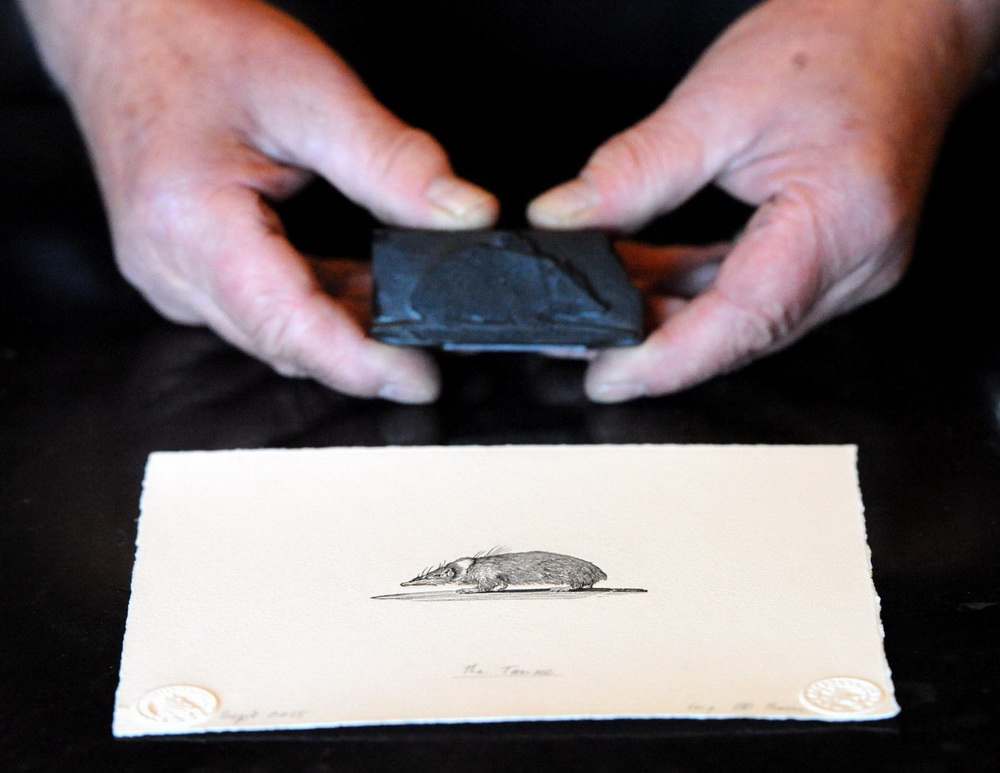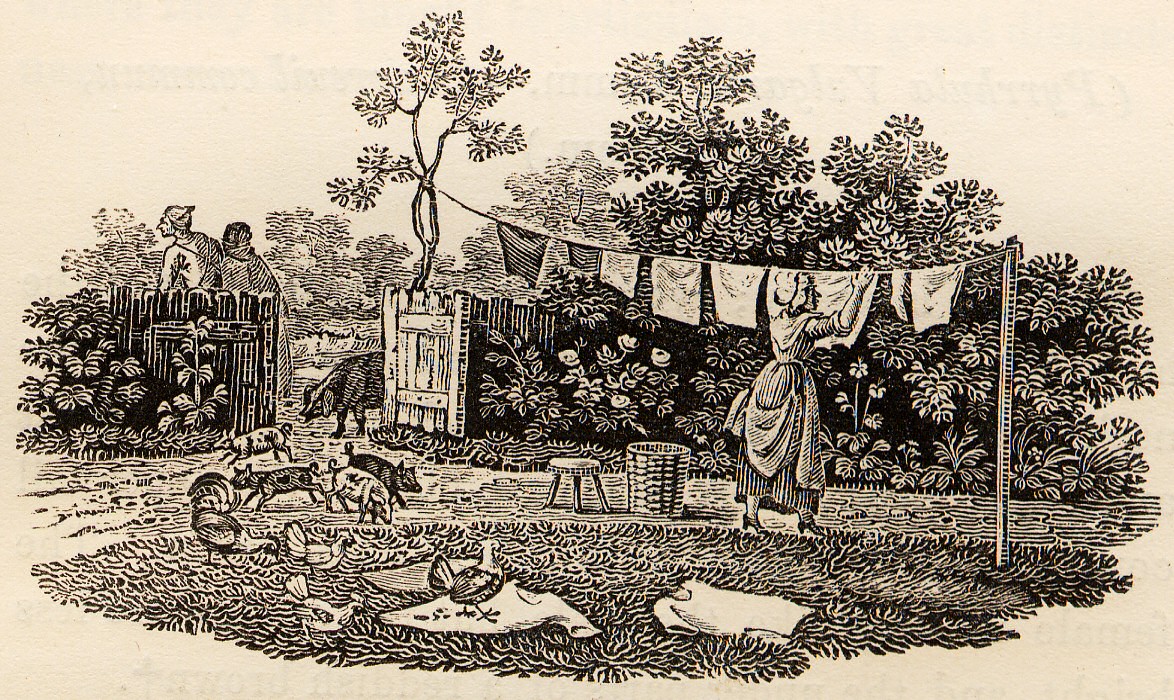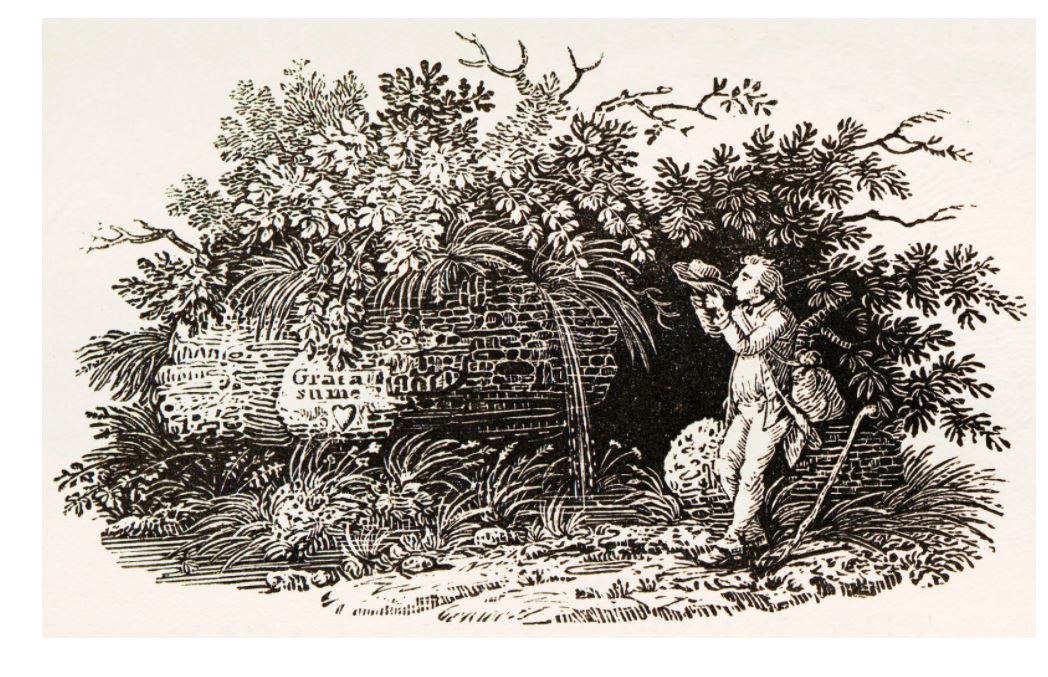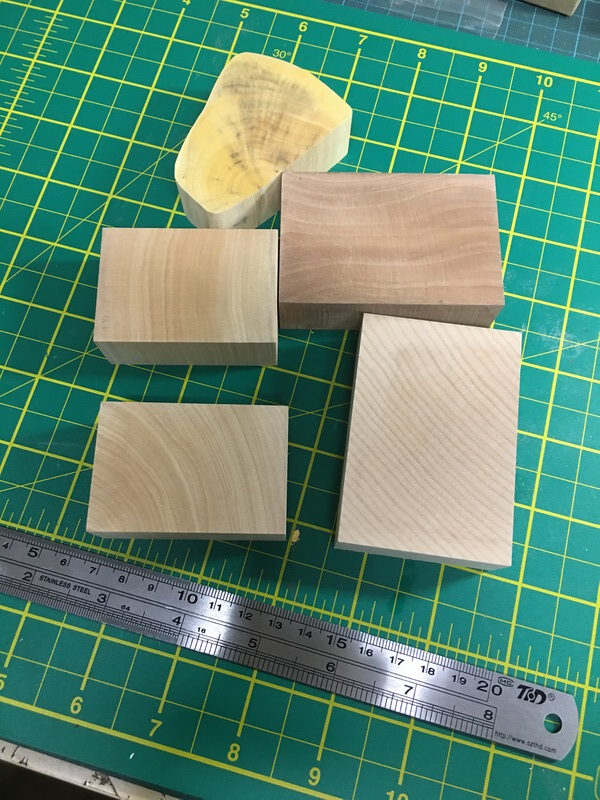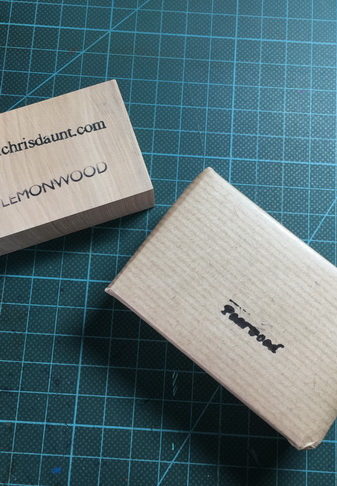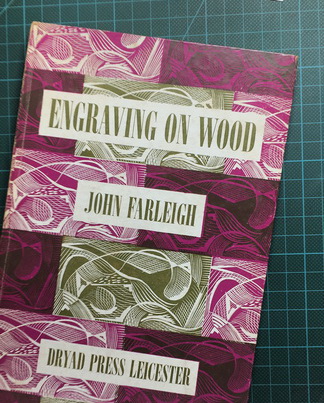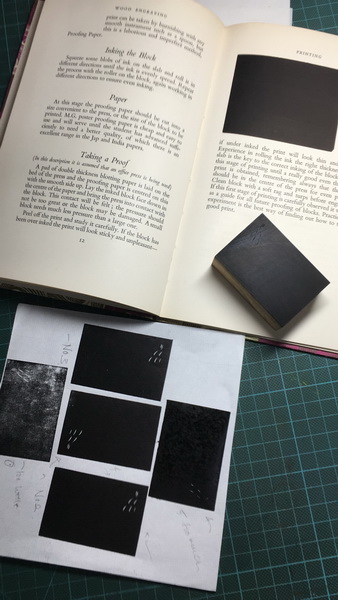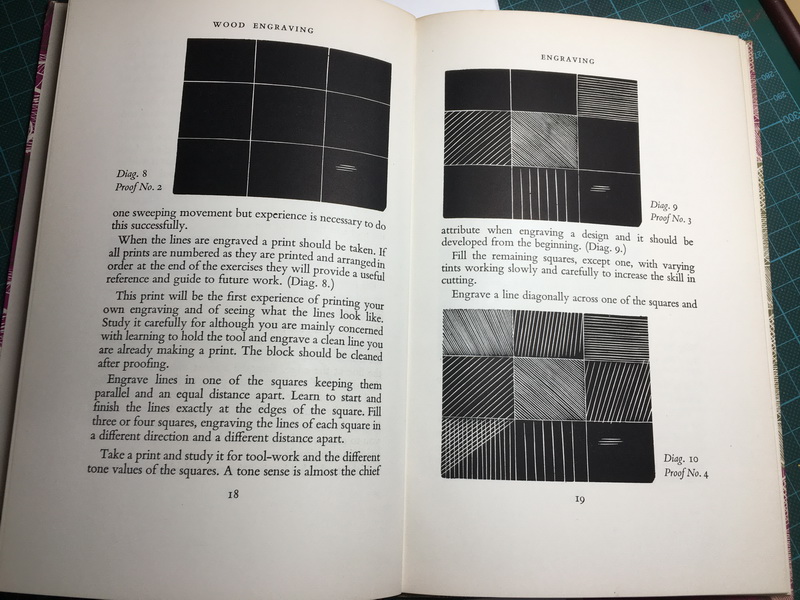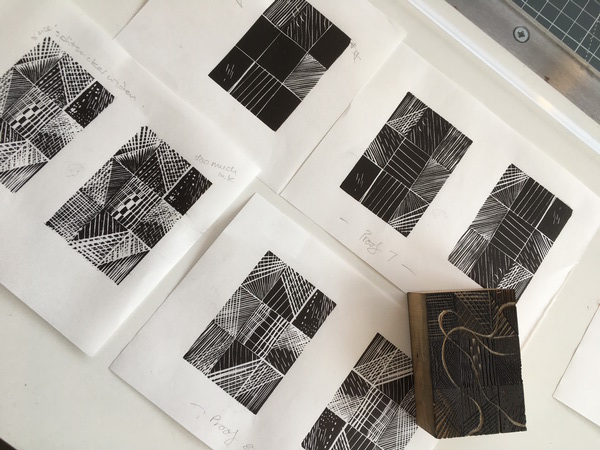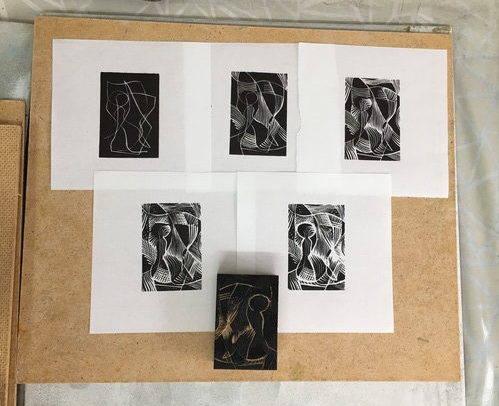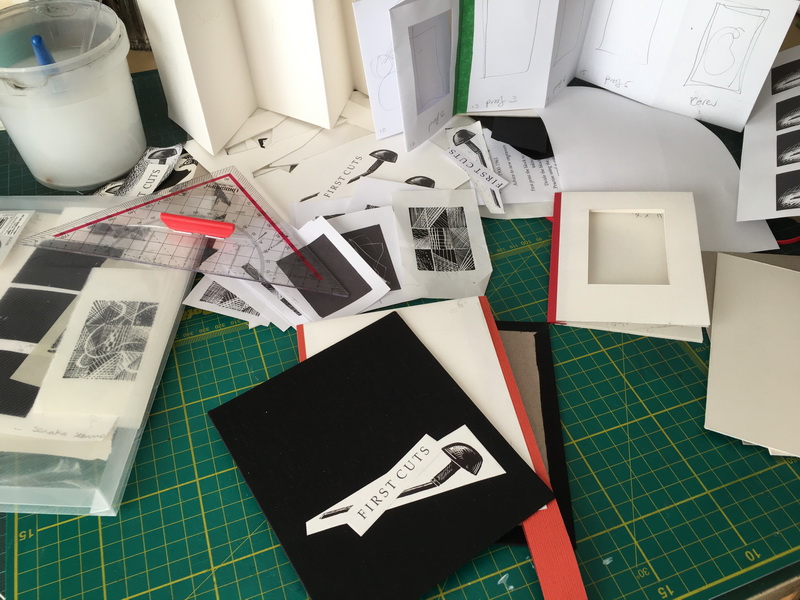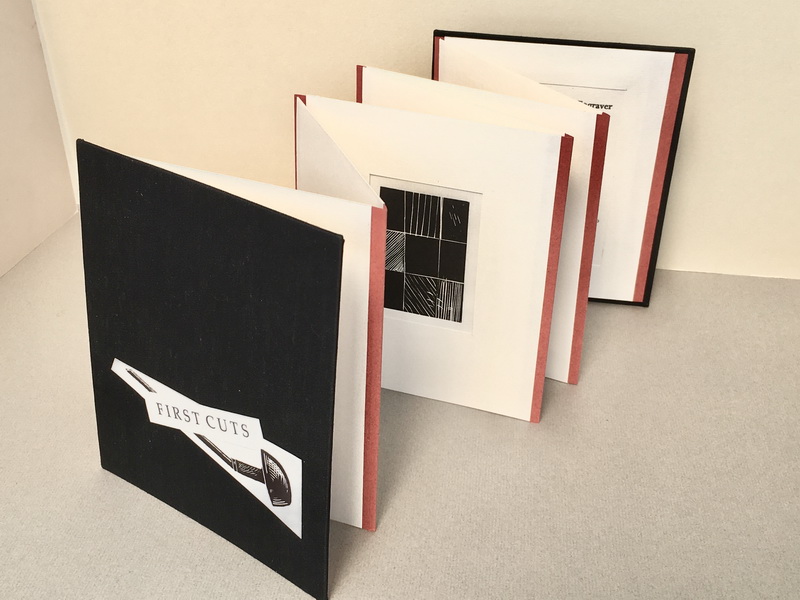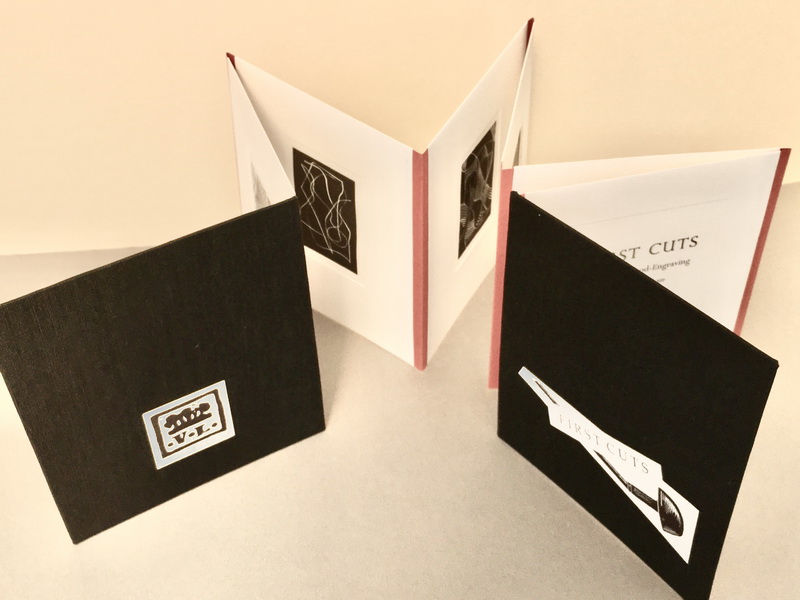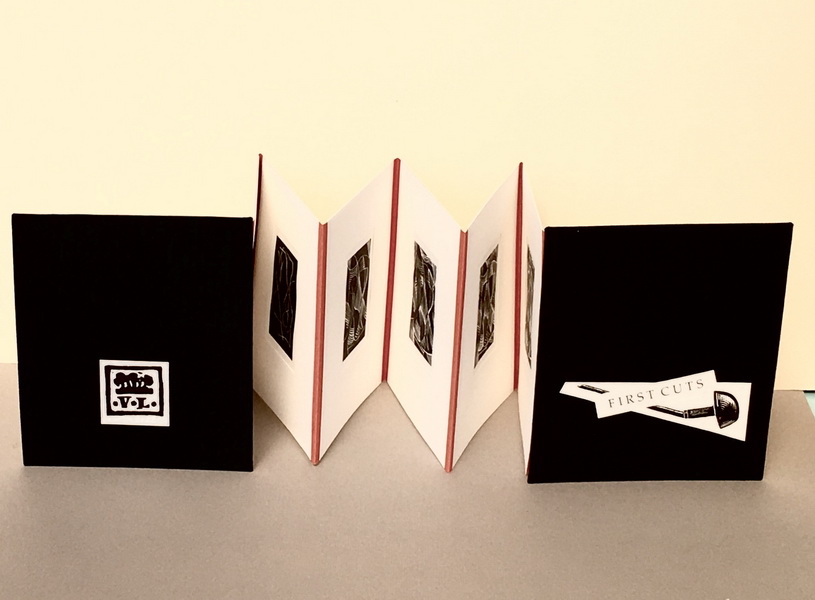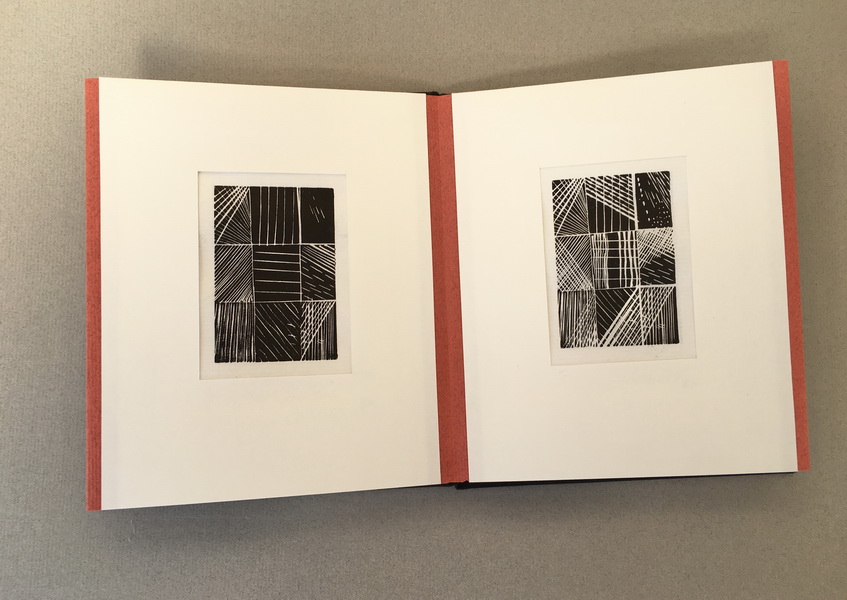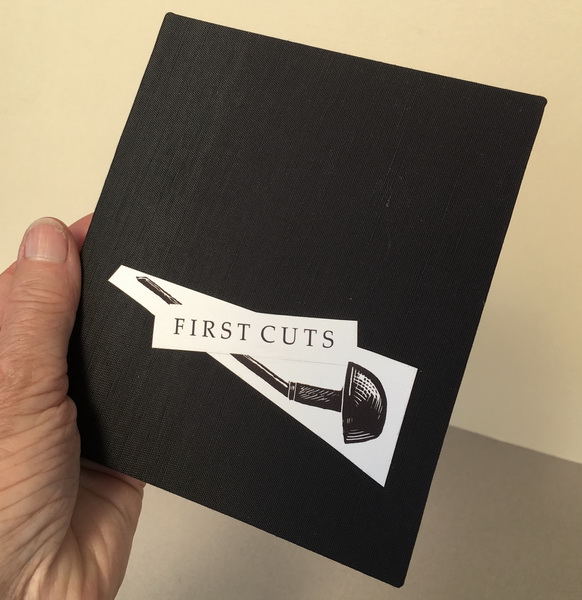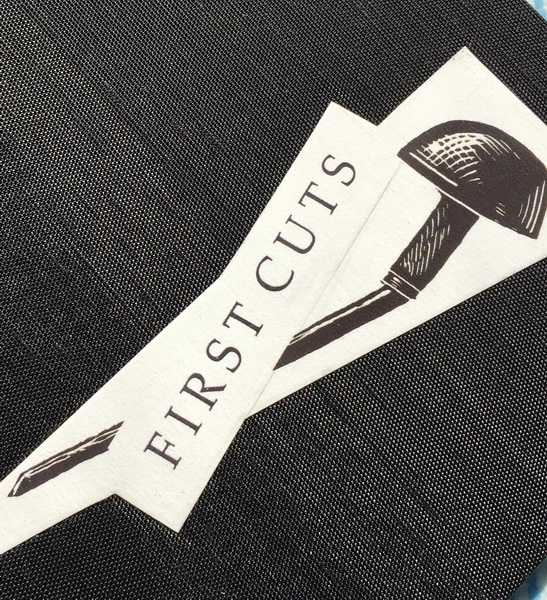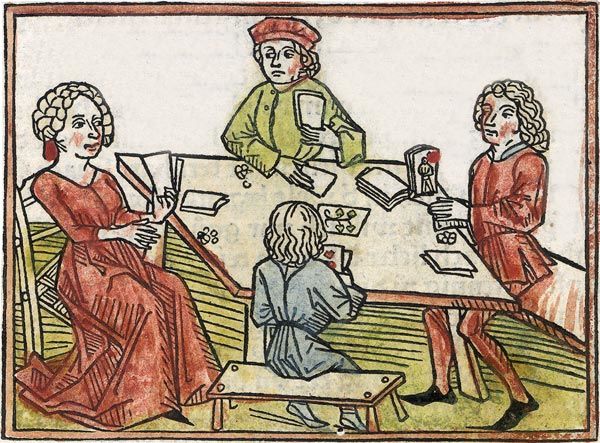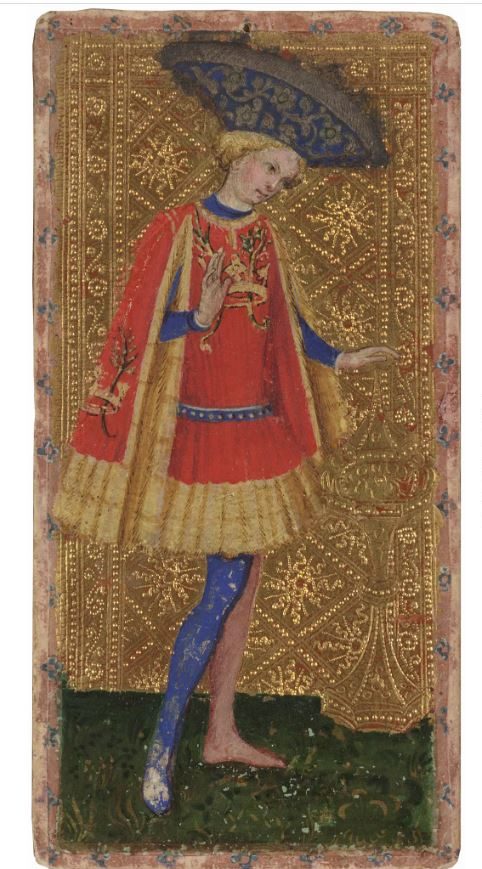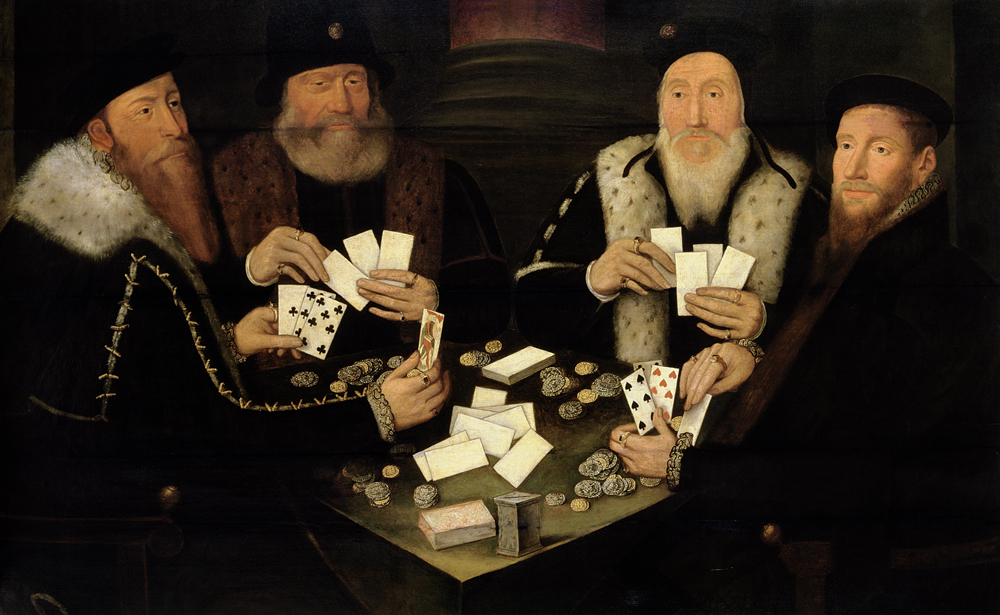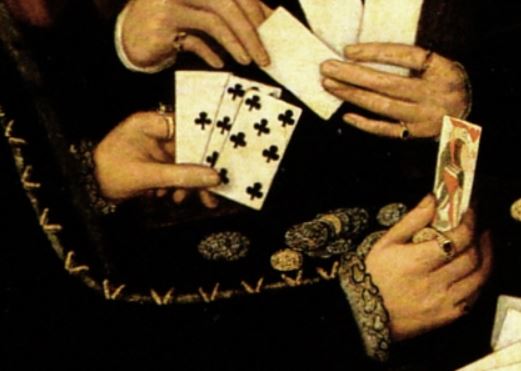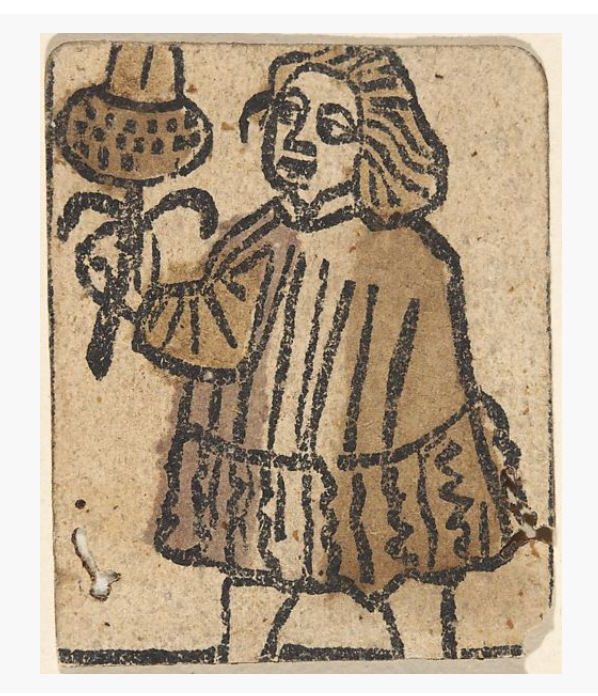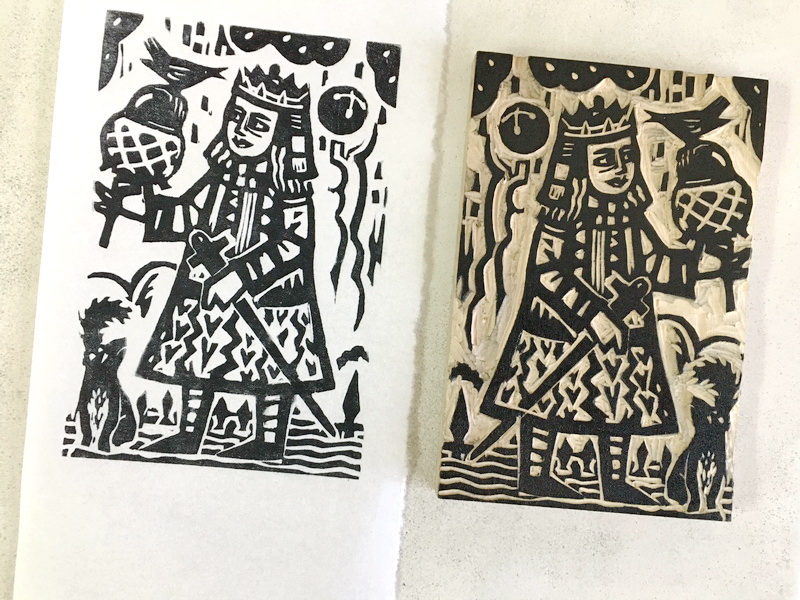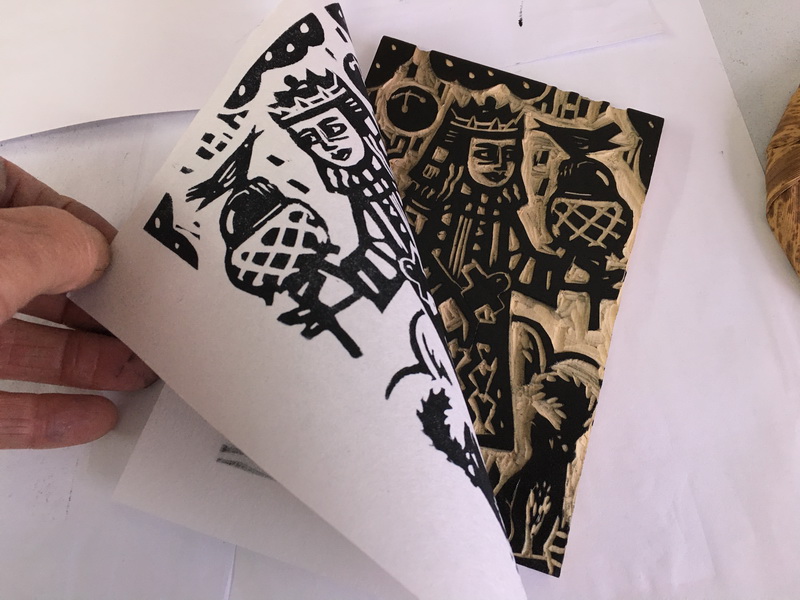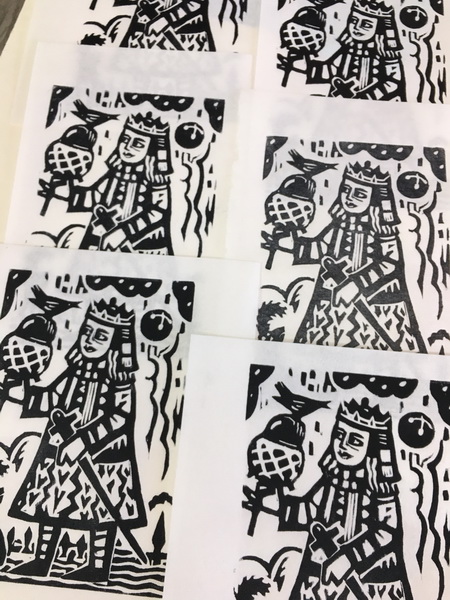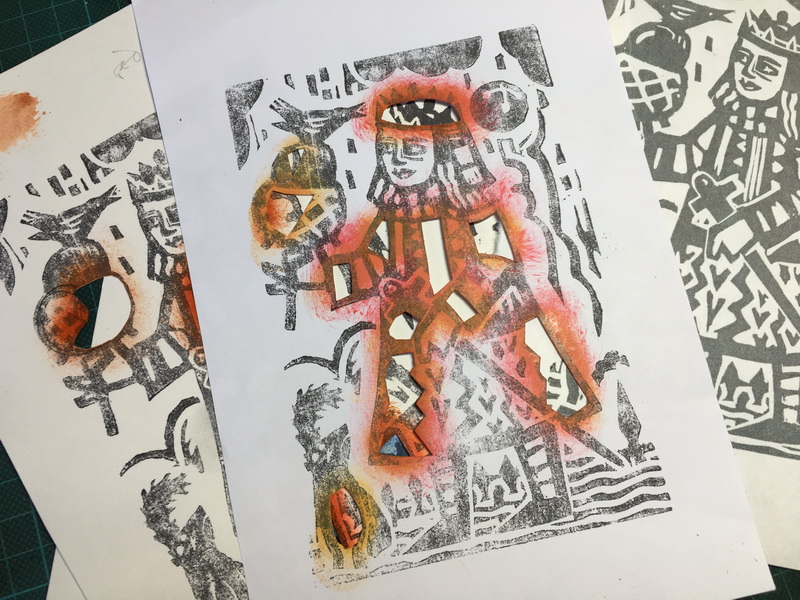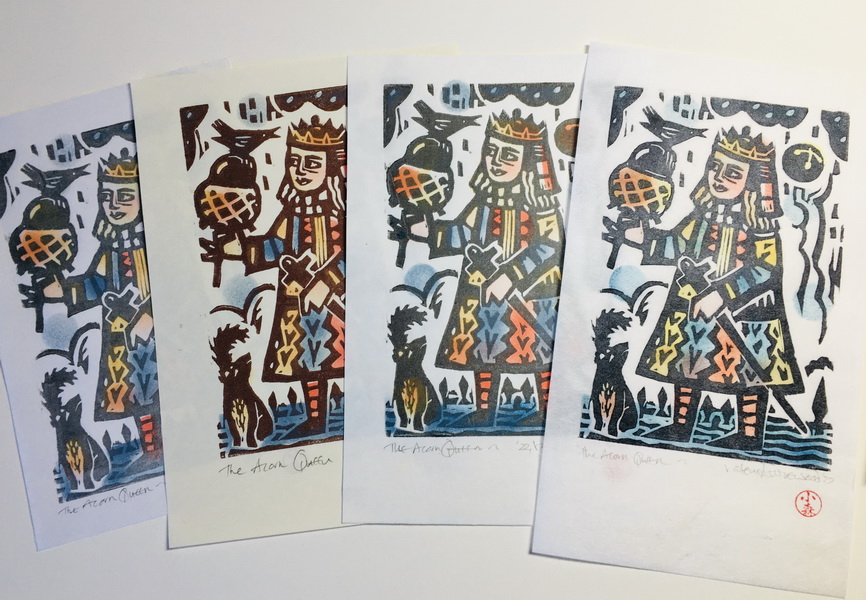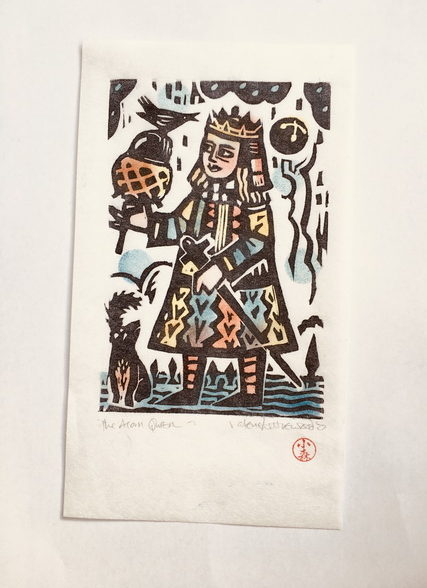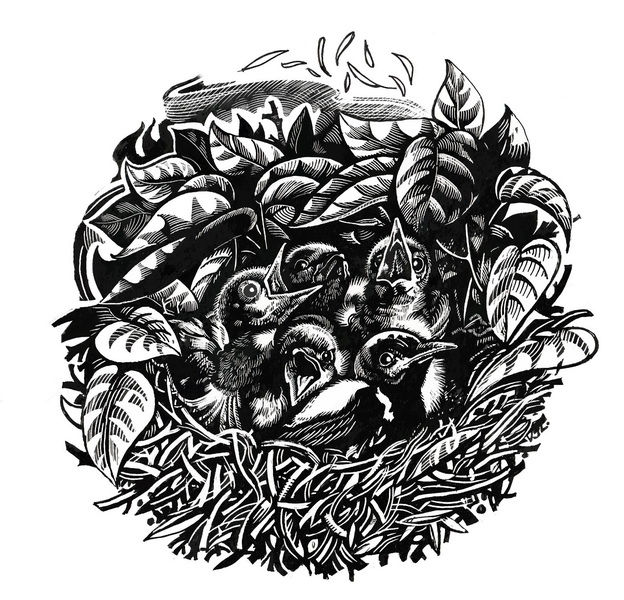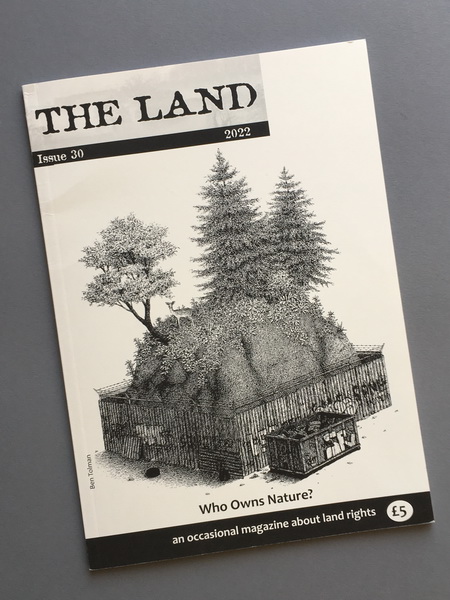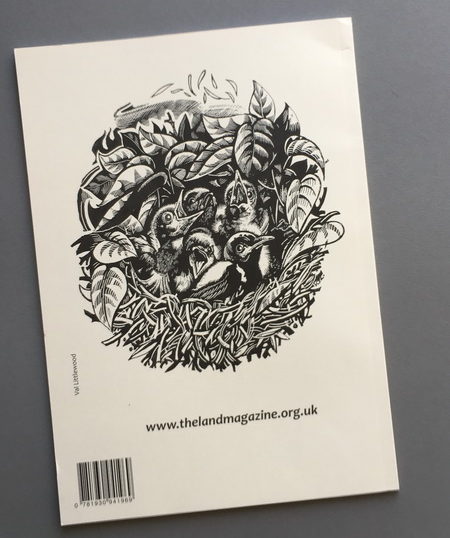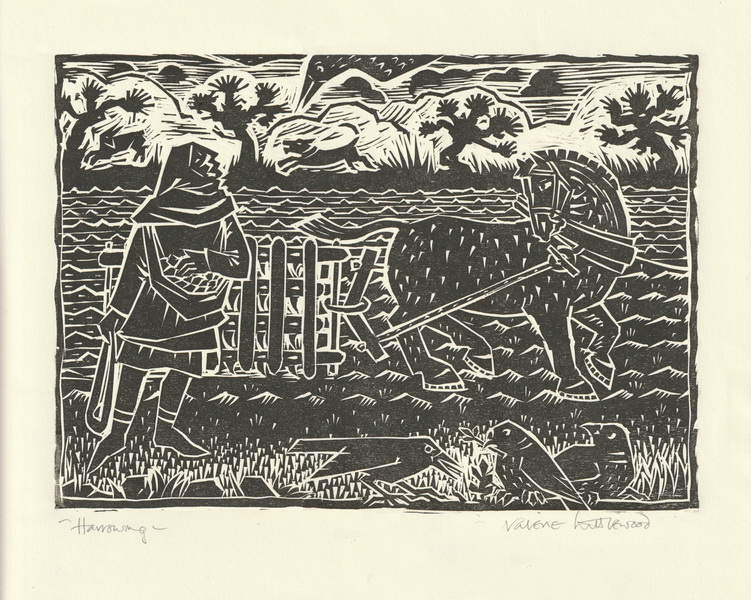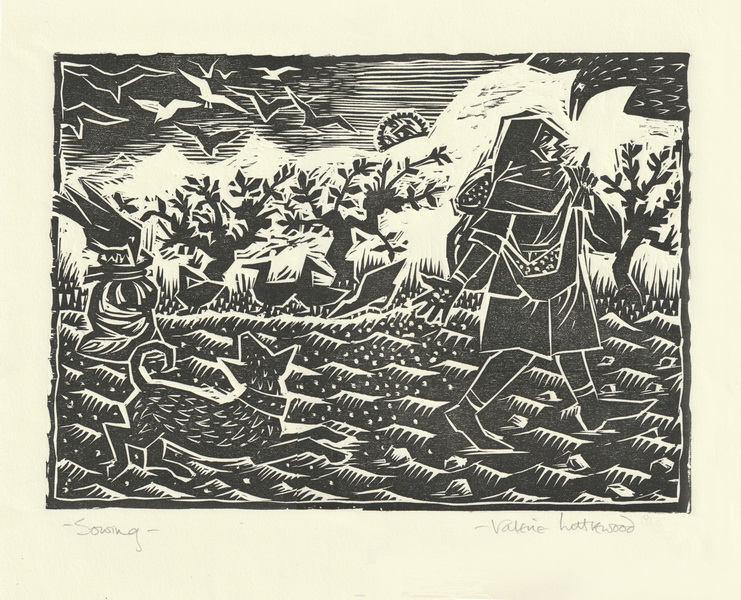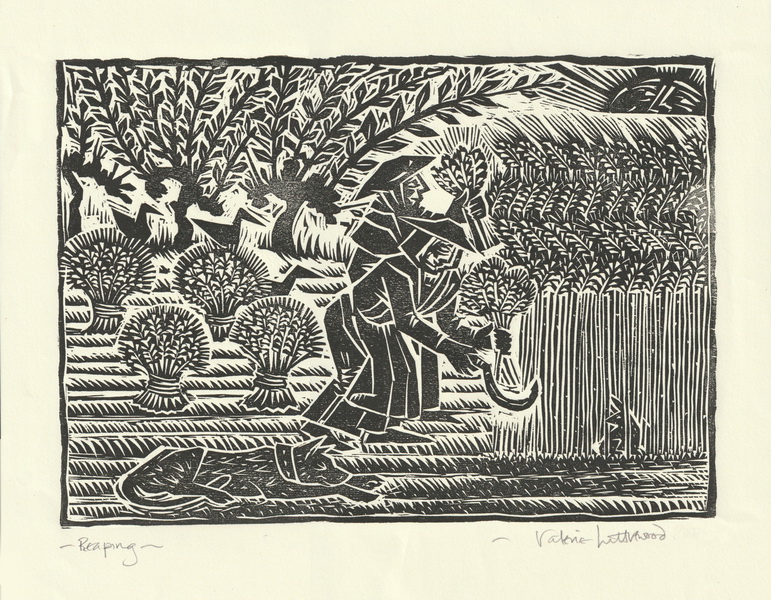As always at this time of year we wait for the joyful return of the frogs and after a seemingly endless dreary winter they arrived, about 2 weeks ago.
I like to mark this time each year somehow, last year it was a trial woodblock here. That was late Feb. The year before I ressurected my “Chris the frog” woodcut and added a some lunch for him.
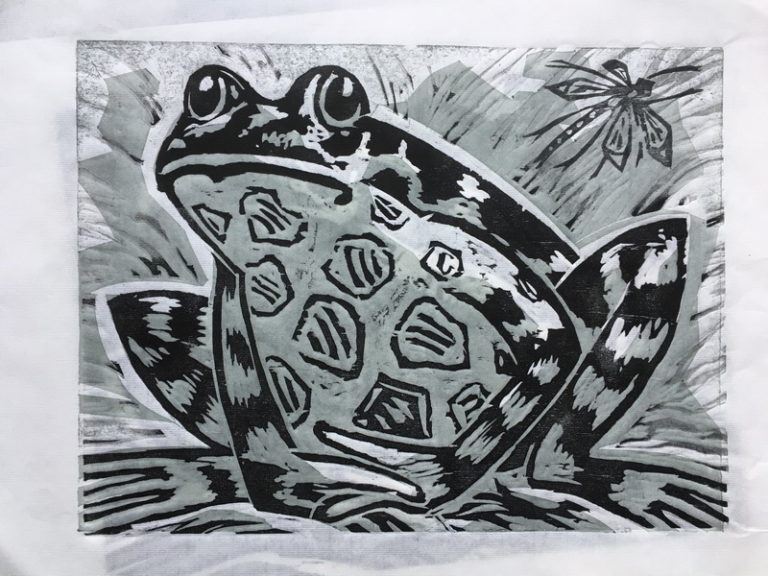
That was March 30th. I have noticed the times are quite different from year to year I think dependant on the warmth of the water.
This year I am making a ceramic frog. It’s only in clay form at the moment and so won’t be ready to show properly for a few weeks. So I am posting a fabulous painting by the prolific Japanese painter, Kawanabe Kyōsai 河鍋暁斎

“Sketch. Animals and insects with autumn fruits and leaves. Ink and colours on paper”
British Museum: Museum number1881,1210,0.1871
There are many wonderful Kyosai natural history drawings, so full of life and affection for all the strange small creatures, who in this painting are actually celebrating autumn. I chose this one from his many frog paintings as it also contains some other favourites of mine, bats, lizards, grasshoppers, bugs and a mantis.
But there is so much more to this wonderful painter/printmaker. He was a political comentator at a time when western influences were starting to make changes to Japan and its culture. He was known for having a [articular fondness for sake, partaking in drunken shogakai calligraphy parties. It’s something I haven’t tried yet but I am wondering if it might be hugely beneficial to my work. It’s defintitely worth a try.
Read more about him in an article in Art News about a recent UK exhibition at the RA. I would very much like to have seen it.
The frog in Japanese culture is considered lucky and I have read that the word for frog “kaeru” is pronounced in the same way as “return”. Travellers would carry a frog amulet with them to ensure a safe homeward journey. How lovely! I shall have to make some small frogs as well.
I made a few prelim sketches knowing I wanted a sitting frog. It’s how we often see them in the summer. Sitting by the small ponds in the sun.
